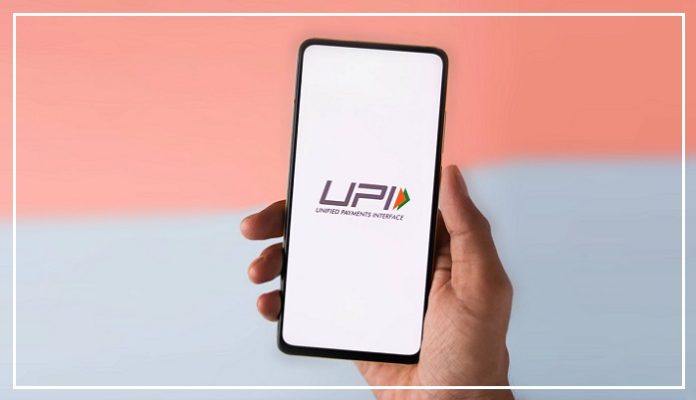Unified Payment Interface (UPI) has become synonymous with digital payments in India, making it easy for people to conduct transactions online.
This popular platform has seen explosive growth as people increasingly prefer it over traditional cash payments.
Now, UPI is expanding beyond India and into 10 other countries including the United States, United Arab Emirates, and the United Kingdom.
This move speaks to UPI’s growing popularity and its potential to become a global player in the world of digital payments.
Understanding UPI Limits for Different Banks
If you’re a regular user of UPI, it’s important to know the transaction limits set by your bank. While each bank has its own limits, Google Pay has released a comprehensive list that outlines the transaction limits for several major banks in India.
Here are some key limits for popular banks:
State Bank of India (SBI): Maximum daily transaction limit of Rs. 1 lakh
HDFC Bank: Maximum daily transaction limit of Rs. 1 lakh (Rs. 5,000 for new customers)
ICICI Bank: Maximum daily transaction limit of Rs. 10,000 (Rs. 25,000 for Google Pay users)
Axis Bank: Maximum daily transaction limit of Rs. 1 lakh
Bank of Baroda: Maximum transaction limit of Rs. 25,000 (daily limit not yet fixed)
Introducing UPI Lite
Despite UPI’s popularity, users have sometimes encountered payment declines or errors.
To address this issue, UPI has launched a new feature called UPI Lite.
This allows users to send payments without internet access and without needing a UPI PIN. Users can send up to Rs.
200 per day using UPI Lite, making it a hassle-free and convenient option for small transactions.
